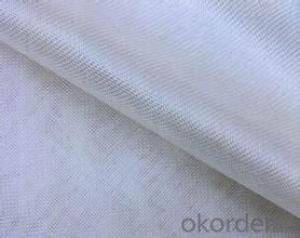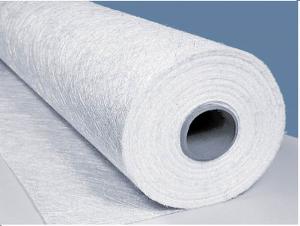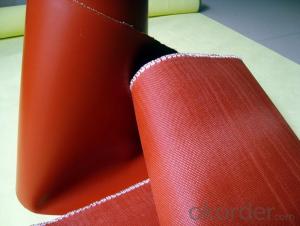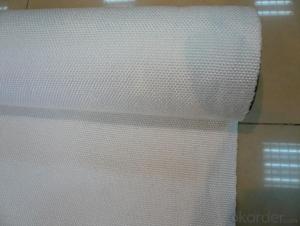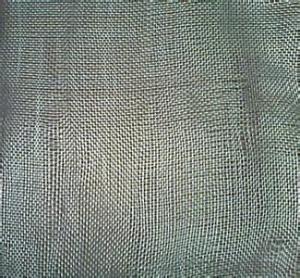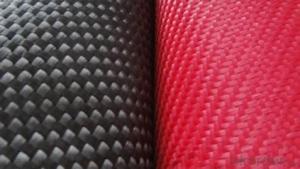High Quality China High Silica Fiberglass Fabric Roll
- Loading Port:
- China Main Port
- Payment Terms:
- TT OR LC
- Min Order Qty:
- -
- Supply Capability:
- -
OKorder Service Pledge
Quality Product, Order Online Tracking, Timely Delivery
OKorder Financial Service
Credit Rating, Credit Services, Credit Purchasing
You Might Also Like
Quick Details
| Place of Origin: | Brand Name: | Model Number: | |||
| Application: | Weight: | Surface Treatment: | |||
| Width: | Weave Type: | Yarn Type: | |||
| Alkali Content: | Standing Temperature: | product: | |||
| Colour: | Length count: | Thread count: | |||
| Endurance of temperature: | Instantaneous temperature: |
Packaging & Delivery
| Packaging Detail: | carton |
| Delivery Detail: | 15days |
Specifications
high silica fiber cloth
1.SiO2=96%
2.Work temperature 1100
3.Thermal insulationg
4.Heat protectio
high silica fiber cloth
1.SiO2=96%
2.Work temperature 1100
3.Thermal insulationg
4.Heat protection
- Q: Can fiberglass fabrics be used for reinforcement in plastic products?
- Yes, fiberglass fabrics can be used for reinforcement in plastic products. They provide strength, durability, and stability to the plastic, making it suitable for various applications such as automotive parts, construction materials, and even consumer products. The fiberglass fabrics are typically layered or embedded within the plastic during the manufacturing process to enhance its mechanical properties and improve overall performance.
- Q: Can fiberglass fabrics be used for reinforcement in furniture or fixtures?
- Yes, fiberglass fabrics can be used for reinforcement in furniture or fixtures. The strength and durability of fiberglass make it an excellent choice for adding structural support to various types of furniture and fixtures, ensuring their longevity and stability.
- Q: Can fiberglass fabric be used for insulation in clean rooms?
- Yes, fiberglass fabric can be used for insulation in clean rooms. Fiberglass fabric is a commonly used material for insulation due to its excellent thermal and acoustic properties. It is known for its ability to resist heat transfer and reduce noise, making it suitable for creating a controlled and insulated environment in clean rooms. Additionally, fiberglass fabric is lightweight, durable, and resistant to chemicals and moisture, which are important considerations in clean room applications.
- Q: Is fiberglass fabric resistant to tearing or ripping?
- Yes, fiberglass fabric is highly resistant to tearing or ripping. Fiberglass is a strong and durable material that is often used in applications where tear resistance is important, such as in the manufacturing of protective clothing, industrial curtains, or reinforcements for composite materials. The tightly woven structure of fiberglass fabric makes it difficult for tears or rips to propagate. Additionally, fiberglass is known for its excellent tensile strength, which further enhances its resistance to tearing.
- Q: Is fiberglass fabric resistant to moisture absorption?
- Yes, fiberglass fabric is highly resistant to moisture absorption.
- Q: Can fiberglass fabrics be used for insulation in pipelines?
- Indeed, insulation in pipelines can be achieved by employing fiberglass fabrics. The reason behind this lies in the remarkable thermal insulating properties fiberglass fabrics possess, as they proficiently obstruct the transfer of heat. By employing fiberglass fabrics as insulation in pipelines, it becomes feasible to sustain the desired temperature of the fluid being conveyed, regardless of whether it is hot or cold. Moreover, fiberglass fabrics exhibit resistance towards moisture and chemicals, rendering them apt for utilization in diverse surroundings. Alongside this, their lightweight and flexible nature permits effortless installation and upkeep. Taken together, fiberglass fabrics are widely favored for pipeline insulation owing to their capacity for thermal insulation and enduring quality.
- Q: How does fiberglass fabric perform in thermal expansion?
- Fiberglass fabric has a low coefficient of thermal expansion, meaning it expands and contracts minimally with changes in temperature. This makes it highly stable and resistant to thermal distortion, making it suitable for applications where thermal expansion is a concern.
- Q: What's the difference between an epoxy resin board and an electric wood board?
- Epoxy resin board strength is higher, electric board is phenolic resin plus filler heat-resistant better.
- Q: What is the average thickness of fiberglass fabric?
- The average thickness of fiberglass fabric typically ranges between 0.2 to 0.5 millimeters.
- Q: How is fiberglass fabric bonded to other materials?
- Fiberglass fabric can be bonded to other materials using various methods such as adhesive bonding, heat bonding, or mechanical fastening. Adhesive bonding involves applying a suitable adhesive or glue to the surfaces of both the fiberglass fabric and the other material, allowing them to bond together upon curing. Heat bonding, on the other hand, involves using heat to melt or soften the fiberglass fabric and the other material, enabling them to fuse together upon cooling. Mechanical fastening involves using various fasteners like screws or nails to secure the fiberglass fabric to the desired material. The choice of bonding method depends on the specific application and the materials involved.
Send your message to us
High Quality China High Silica Fiberglass Fabric Roll
- Loading Port:
- China Main Port
- Payment Terms:
- TT OR LC
- Min Order Qty:
- -
- Supply Capability:
- -
OKorder Service Pledge
Quality Product, Order Online Tracking, Timely Delivery
OKorder Financial Service
Credit Rating, Credit Services, Credit Purchasing
Similar products
Hot products
Hot Searches
Related keywords
